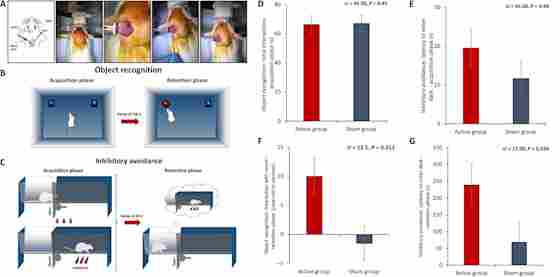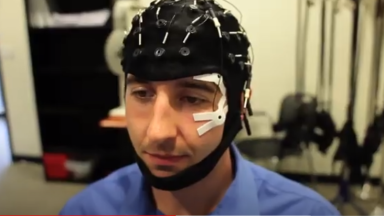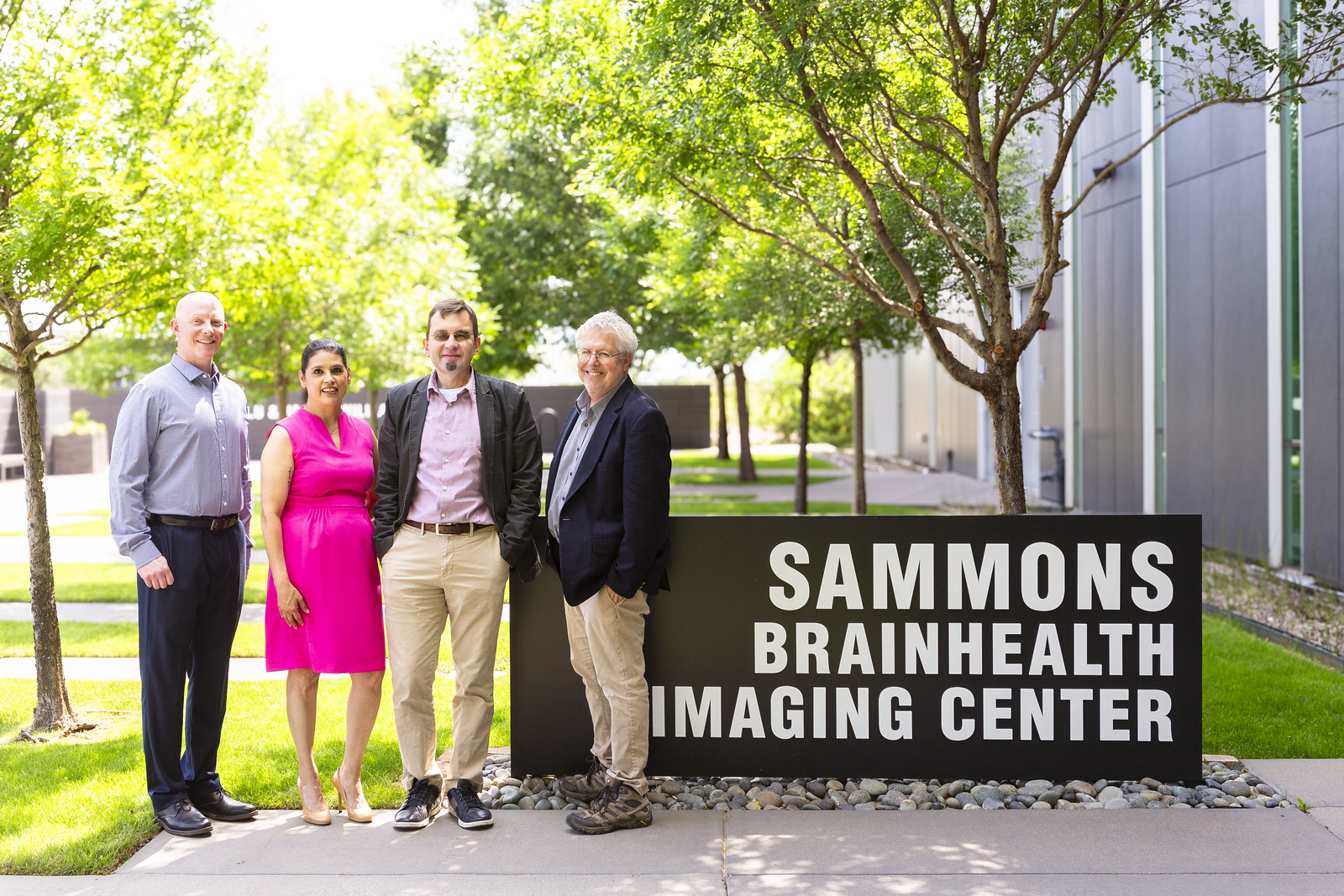Overview
An ongoing debate surrounding transcranial direct current stimulation (tDCS) of the scalp is whether it affects brain activity directly enough to positively affect symptoms in patients with neurological disorders. Here, the authors found that tDCS can cause activation of the greater occipital nerve, which can in turn activate a noradrenergic pathway to the hippocampus. This pathway modifies functional connectivity supporting the consolidation of a memory event. In this way, it is not the direct effect on the hippocampus that affects neurological symptoms, but rather the work of an indirect pathway.
(A) Implantation targeting the greater occipital nerve (GON) [dorsal primary ramus of cervical spinal nerve using a cuff electrode (59)]. (B) Design for the objection recognition task and (C) design for the inhibitory avoidance task. (D) During the acquisition phase, time spent exploring the objects is not different between the active and sham groups in rats with a cuff electrode around the greater occipital nerve. (E) During the retention phase 24 hours later, rats in the active group interact more with novel objects relative to the sham group. (F) During acquisition, no difference in latency to enter the dark was obtained between the active and sham groups in rats with a cuff electrode around the greater occipital nerve. (G) Rats are given a single footshock in the dark chamber during the acquisition. During the retention phase 24 hours later, animals in the active group avoid the dark more relative to the sham group.



